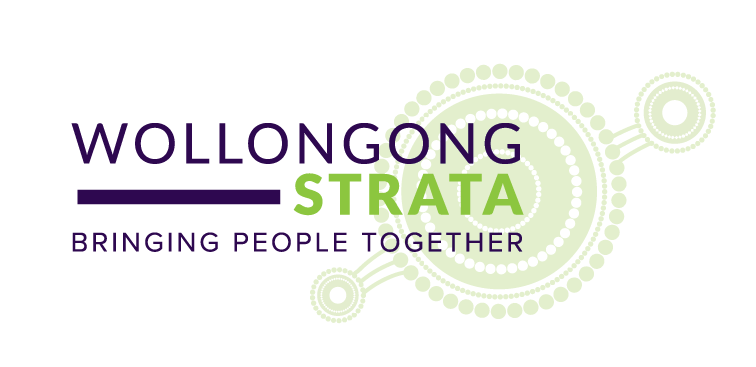UNDERSTANDINg STRATA
UNDERSTANDING THE BASICS
What is a Strata scheme?
A strata scheme is a building, or collection of buildings, where:
- the property that each individual owns is called a ‘lot’ (for example, an apartment, villa or townhouse)
- all the owners share ownership of and responsibility for the ‘common property’, such as external walls,
- foyers and driveways.
Some strata schemes sit within the ‘umbrella’ of a community scheme. As the name suggests, a community scheme.
is essentially a community containing a number of individual strata schemes. Each scheme is managed individually, and also has representation on the community scheme committee, which manages shared spaces such as community halls and parks.
Community schemes can also contain neighbourhood schemes and precinct schemes. Visit the Fair Trading website for more information on community schemes regulated under the Community Land Management Act 1989.
What is Common Property?
The owners corporation, which all owners automatically belong to, is responsible for managing the strata scheme.
The basic rule is that everything inside a lot is the owner’s property. This generally includes all internal walls, fixtures, carpet and paint on the walls.
Common property boundaries of each lot are generally formed by:
- the upper surface of the floor (but not including carpet)
- the under surface of the ceiling
- all external or boundary walls (including doors and windows).
Strata Managers, Property Managers, Building Managers
What is the Difference?
Strata Managers
The strata manager is engaged by the Owners Corporation at a General Meeting and is accountable to all owners as a group. The strata manager is appointed to assist with making sure that the scheme is fulfilling all its legislated obligations.
PART OF THEIR DUTIES INCLUDE:
- Liaise with the strata committee to help with the timely making of decisions
- Maintaining all required records relating to the scheme, including the strata roll, registered plans and by-laws, correspondence and specialist reports
- Prepares budgets to assist with the financial viability of the scheme
- Establishes, maintains and reports on all trust account transactions, including invoice payment, levy and GST management
- Manages formal meetings of the scheme which includes the preparation of agenda motions, chairing, and the administration of notices and minutes
- Assists with arranging necessary insurances and administration of any claims
- Assists with community matters including by-law breach management, mediation, NCAT Orders & Appeals
- Provides advice in handling ‘difficult’ or complex strata issues and recommends specialist providers if appropriate
- Facilitates with council and government obligations for various types of necessary certifications, Work Health & Safety obligations
- Facilitating repairs and maintenance of common property
Contact us for any enquiries











